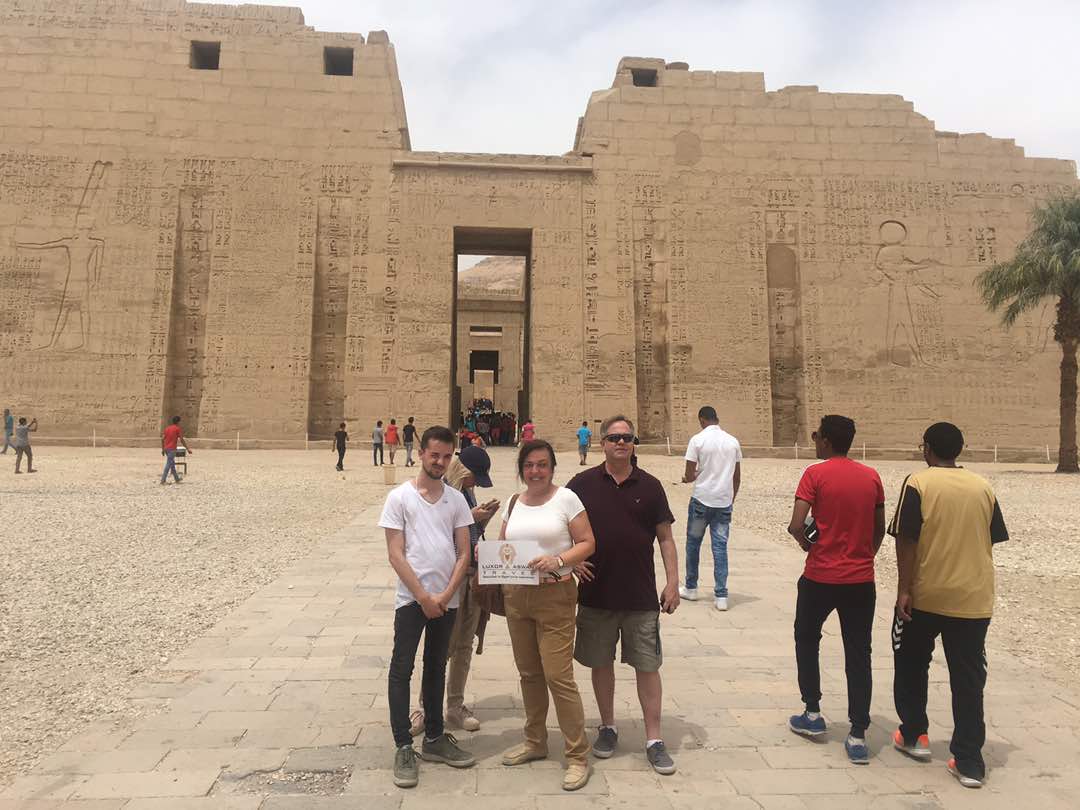Deir Al Madinah (Workers’ Village)
Deir Al-Medinah is unique in that it is the lone example of a well-preserved Egyptian village near Luxor. Kings and q...
Almost of what we see today of Ancient Egypt is exclusively dedicated to the pharaonic royalty. The monumental building projects that the kings of Egypt commissioned throughout the history of the civilization have stood the test of time much better than other ancient artifacts due to their massive size and the fact that they are literally carved out of stone.
The Tombs of the Nobles make for an interesting visit among the rest of the West Bank sites precisely because they break this trend. Located between the Ramesseum and Hatshepsut’s Temple, these clusters of tombs carved into a rocky hillside are all dedicated to administrators, governors, and other figures of minor nobility.
The triumphal imagery of conquering pharaohs and depictions of eternal life after death in the temples and royal tombs around Luxor can become repetitive. When you find yourself suffering from temple overload, a visit to the Tombs of the Nobles (or the Worker’s Village) might be a good idea.
In these tombs you will find more humble depictions of everyday life and the jobs that these functionaries fulfilled. The real-life depictions of nature and everyday concerns are refreshing and provide a bit more insight into what ancient Egypt might actually have been like.
The Tombs of the Nobles are not as well marked as the royal tombs and larger sites on the West Bank due to the relatively small number of visitors that they receive. This can make visiting them a bit more difficult without a guide, but it is still nice escape from the more crowded sites at the Valley of the Kings and more major temple complexes.
A separate ticket must be purchased at the West Bank ticket office for each tomb that you would like to visit.

Explore the temples and tombs of the Theben necropolis on a 5-hour private Luxor Tours to the Ramesseum, the Temple of MedinatHabu, and the Valley of the Nobles. This priva...
Your entire vacation is designed around your requirements with expert guidance every step of the way.
Speak with our Egypt specialists for your perfect luxury journey.